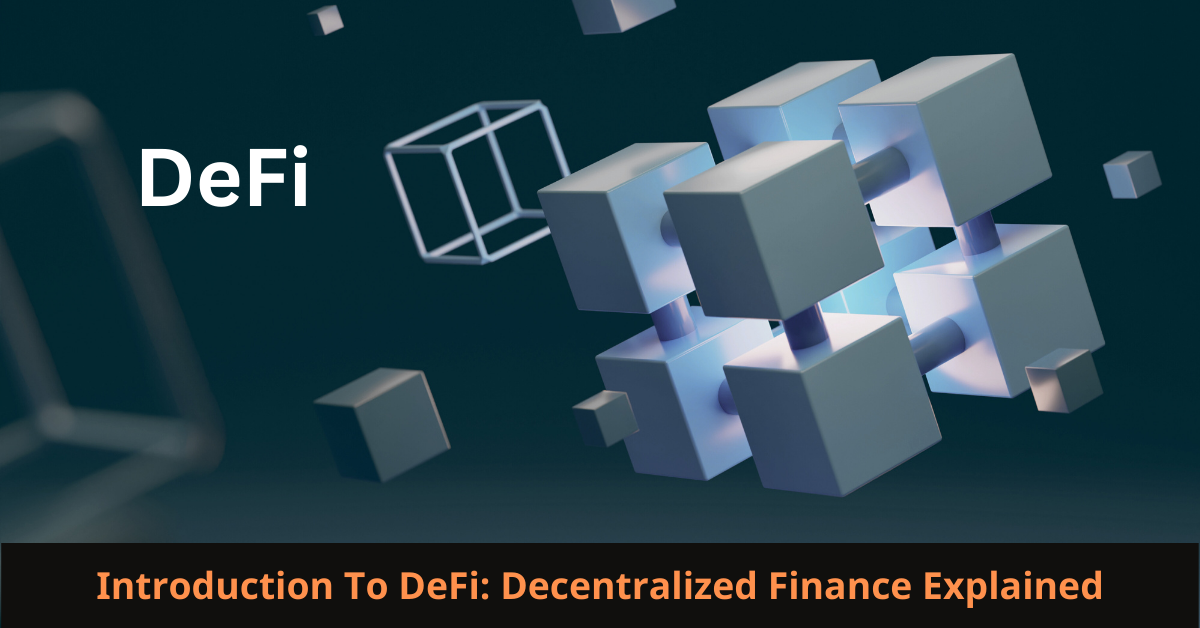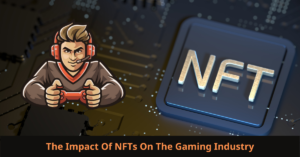Decentralized Finance, or DeFi, is turning heads in the finance world. It all started with blockchain technology, the backbone of cryptocurrencies like Bitcoin and Ethereum. DeFi builds on this by creating a system where financial transactions are governed by smart contracts rather than banks or institutions, promising more transparency and accessibility.
While traditional finance, often called TradFi, relies heavily on intermediaries like banks and payment processors, DeFi operates on a peer-to-peer basis. This system’s key advantage is cutting out the middleman, which can reduce costs and increase efficiency. However, it also introduces challenges like security and the need for technical knowledge, which can be a hurdle for newcomers.
Getting familiar with DeFi language is crucial. Terms like smart contracts, decentralized applications (DApps), and protocols are thrown around a lot. Smart contracts are self-executing contracts with the terms directly written into code, ensuring that transactions happen as expected, without needing a trusted third party. DApps are the applications that run these contracts, often built on platforms like Ethereum.
Despite its potential, DeFi isn’t without its drawbacks. The regulatory landscape is still catching up, and there are risks associated with the relatively young technology. Understanding these elements is key for anyone looking to navigate the DeFi space effectively. Yet, the benefits of increasing financial inclusivity and innovation make it worth exploring.
How DeFi Works in Practice
DeFi isn’t just a buzzword; it’s a completely new way of handling money using blockchain technology. Let’s break down how it actually functions. At the core of DeFi are smart contracts, which automate processes like lending and borrowing without needing someone in the middle to mediate. This removes much of the red tape found in traditional systems.
To get going with DeFi, you’d generally use decentralized applications. These DApps run on top of blockchains, most commonly Ethereum, and offer services from loan agreements to various forms of asset management. Unlike conventional banks which can take days to process transactions, DeFi platforms offer near-instantaneous settlement times.
The appeal of DeFi includes more than just speed and transparency, though. Take lending and borrowing, for example. Borrowers can access funds by providing crypto assets as collateral, while lenders can earn interest. No credit checks, no lengthy approval processes, and it’s all managed through algorithms that enforce the contract terms automatically.
When participating in a DeFi transaction, you’ll be dealing directly with these DApps. Say you want to lend your Ethereum holdings for a return; the smart contract negotiates terms and handles the interest payments directly to your wallet. This entire process is trustless—meaning you trust the code rather than any specific human or organization to handle your assets responsibly.
Is it foolproof? Not quite. As much as DeFi offers complete control over your finances, it’s critical to understand the technology behind it. Familiarity with digital wallets, knowing how to interact with the blockchain, and learning the risks involved all contribute to safeguarding your financial activities in the DeFi space.
Safety and Risks: Navigating the DeFi Ecosystem
The DeFi ecosystem might sound like financial freedom at its finest, but it’s not without its downsides. One of the biggest concerns is security. The very same smart contracts that automate transactions can also be a point of vulnerability if they’re not properly coded. Hacks and exploits have happened, leading to significant losses for users.
Being your own bank in the DeFi space comes with responsibilities, like ensuring the security of your private keys. Without the conventional safety net of a bank branch to rectify errors or provide support, losing your private key often means losing access to your assets for good. This risk requires a keen focus on wallet safety and understanding how to handle your keys securely.
Regulatory concerns also loom large. The rapid rise of DeFi hasn’t gone unnoticed by governments and financial authorities. Regulators worldwide are still working out how to classify and control these new services, so keeping an eye on regulatory news is crucial for staying compliant and protecting your investments.
Despite these challenges, it is possible to navigate the DeFi world safely. Engaging with established platforms, conducting thorough research, and continuously learning about emerging threats can minimize risks. Learning from past mistakes in the community, such as prominent security breaches, often provides valuable lessons on what to avoid.
The Future of DeFi: Opportunities and Innovations
Looking ahead, the trajectory of decentralized finance points towards further integration into the global financial structure. Emerging trends like decentralized autonomous organizations (DAOs) and interoperability between different blockchains signal potential shifts that could redefine finance.
The impact of DeFi could be massive, especially in areas with limited access to traditional banking. By providing financial services that are both inclusive and relatively low-cost, DeFi has the potential to reach the unbanked and underbanked populations globally. This democratization of finance might fuel economic growth in regions previously lacking financial infrastructures.
As technology evolves, entrepreneurs are finding novel ways to innovate within the DeFi space. From creating new financial products to enhancing existing ones with AI and machine learning, the opportunities for new startups and tech companies are vast. Innovators can explore new frontiers while addressing current limitations such as scalability and user experience.
Predictions for the next decade suggest that DeFi, with its foundations laid firmly in blockchain technology, could become as commonplace as online banking today. As trust builds within these systems, and as regulatory clarity improves, mainstream adoption seems not only possible but likely. The road ahead is about more than overcoming challenges—it’s about maximizing the transformative potential of decentralized finance.













